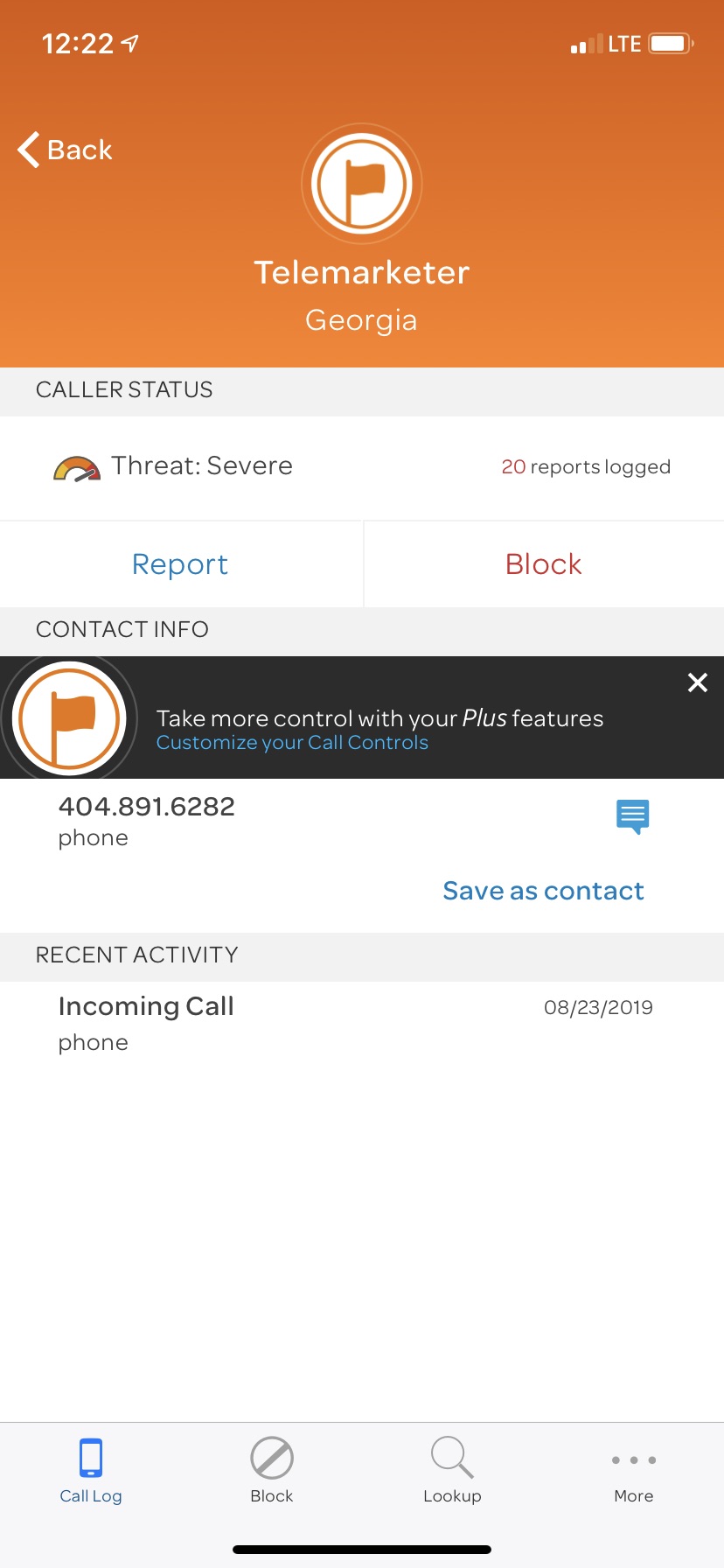Restoring Telecom Trust
By: Donald St. Denis

Let’s start with the bad news: Unwanted robocalls are killing the telephone. Enterprises struggle to reach their customers—even with calls that their customers want.
The good news is that there are new, emerging technologies that will restore trust in and effectiveness of telephone service.
This article will provide a high-level overview of three of these technologies and the benefits they provide to consumers, enterprises, and telephone service providers. These technologies are:
1. Call analytics for robocall mitigation2. STIR/SHAKEN for caller ID authentication and verification
3. Rich Call Data for secure presentation of branded caller information to the called party
Individually, any one of these technologies can provide some relief from unwanted robocalls. Used separately, though, they leave gaps that clever robocall perpetrators exploit.
The real power of these technologies is realized when they are used in combination. Together, their capabilities and benefits are much greater than the sum of their individual parts.
1. Call Analytics for Robocall Mitigation
One of the first successful responses to unwanted robocalls was the development of call analytics using reputation databases and applications.
 Users load a reputation service application on their mobile phone. When they receive a robocall, the application allows them
to report it as a robocall and block the number on future calls (see Figure 1, right). Some apps also identify robocalls by capturing network activity.
Users load a reputation service application on their mobile phone. When they receive a robocall, the application allows them
to report it as a robocall and block the number on future calls (see Figure 1, right). Some apps also identify robocalls by capturing network activity.
Reputation service applications collect reported complaints and suspicious call activity in a central database. After enough complaints or activity, calling numbers used with unwanted robocalls acquire a poor reputation score.
It didn’t take robocall perpetrators long to respond.
They started programming their auto dialer software to construct a random caller ID like the number they were about to call. For example, if the next number to call were 201-555-1234, then the software might construct a caller ID of 201-555-9875. The randomly generated number might or might not be a valid number.
Robocall perpetrators found that people were more likely to answer robocalls when the caller ID number was like theirs. Consumers might not recognize the number, but many thought it could be a neighbor calling, or the school, or their doctor. So, they answered these robocalls. This technique became known as neighbor spoofing.
Neighbor spoofing was a stunning setback for call analytics. What good is it to report and block a calling number that was spoofed? That would only penalize innocent subscribers whose numbers had been used in spoofing, not the robocall perpetrators. It’s useless to block a calling number unless you are certain that it wasn’t spoofed. That’s what STIR/SHAKEN is for.



















